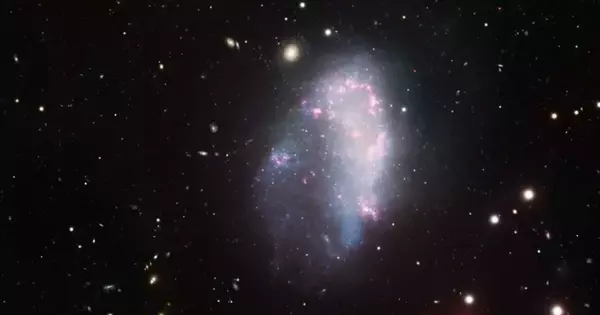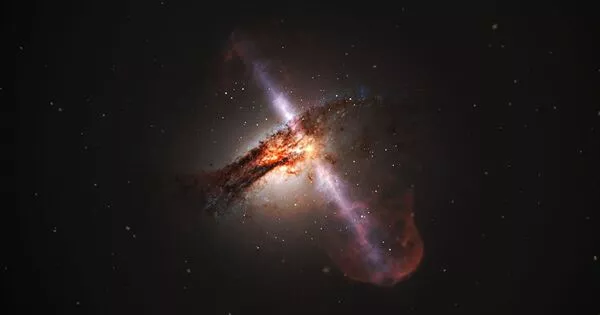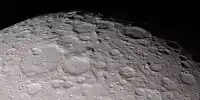Although the Milky Way Galaxy is our cherished home, it can be a bully to smaller star clusters. The gravitational pull of a much larger object tends to tear apart the dwarf galaxies it doesn’t consume. Astronomers have therefore been perplexed by the persistence of our two closest galactic neighbors, the Large and Small Magellanic Clouds, but they now believe they have an explanation. The larger of the two maintains a gaseous cocoon around itself, protecting both it and its smaller partner.
The Milky Way is prevented from stealing the raw materials from the two dwarf galaxies by a halo of hot gas, according to a report published in Nature.
Streams of gas from recent (by astronomers’ standards) contacts with the Magellanic Clouds’ much larger neighbor were first noticed following them decades ago.

Dr. Dhanesh Krishnarao of Colorado College noted, “A lot of people were straining to understand how these streams of material could be there.” “How are these galaxies still generating stars if this gas has been stripped from them?”
The solution, which has ramifications for other galaxies, was obtained by fusing images from the Hubble space telescope and the defunct Far UItraviolet Spectroscopic Explorer (FUSE) satellite.
Dr. Andrew Fox of the Space Telescope Science Institute explained that galaxies enclose themselves in gaseous cocoons that serve as protective barriers between galaxies.
The discovery supports earlier modeling, which suggested that the extracted gas and stability of the clouds might be explained by a corona with temperatures above 100,000 degrees Kelvin and a radius of 400,000 light years. Primordial gas clouds give rise to galaxies, some of which can preserve some of this material as coronas. The Large Magellanic Cloud (LMC), despite being categorized as a dwarf galaxy, was thought to have retained one. Like an older sister who fights with their younger sibling but still defends them, the LMC’s corona is wide enough to cover the smaller cloud as well.
The LMC’s offer a rare opportunity to study the Milky Way’s corona from the inside, as most other galaxies are too distant away to observe something this faint. However, it wasn’t simple to locate. The corona gas is so diffuse that it hardly really exists, according to Krishnarao. Additionally, it must be separated from material fleeing from the Milky Way or the clouds themselves.
The authors went to the other extreme, looking for corona effects on far-off galaxies that have quasars, in order to know what to look for. These coronas envelop the quasar even though they are far too far to see directly with current technology, and the peculiar dimming they cause provided us with information about the coronal makeup. Near the LMC, matching material was discovered.
The researchers discovered ionized carbon, oxygen, and silicon in the LMC’s corona instead of a primordial combination of hydrogen and helium from the Big Bang. Additionally, they found that the density, which is always low, gets lower the farther one gets from the LMC.
Even so, the corona is the reason galaxies may be viewed with the naked eye from dark sky locations in the Southern Hemisphere. Anything attempting to enter the galaxy must first travel through this substance in order to help it lessen the effect, according to Krishnarao. Each collision with the Milky Way or another object takes away a portion of the corona but saves the small galaxies’ gasses from suffering further harm.
If we can detect any fast radio bursts coming from distant galaxies in the same direction, we may be able to learn more about the corona’s mysteries by observing its dispersive influence on them.
The shield will eventually wear out. Both galaxies are believed to be on an orbit that would eventually bring them into the Milky Way and catch them. However, in the interim, they are rapidly producing stars, giving us several scientific possibilities including the first supernova to be visible to the unaided eye in 400 years.















